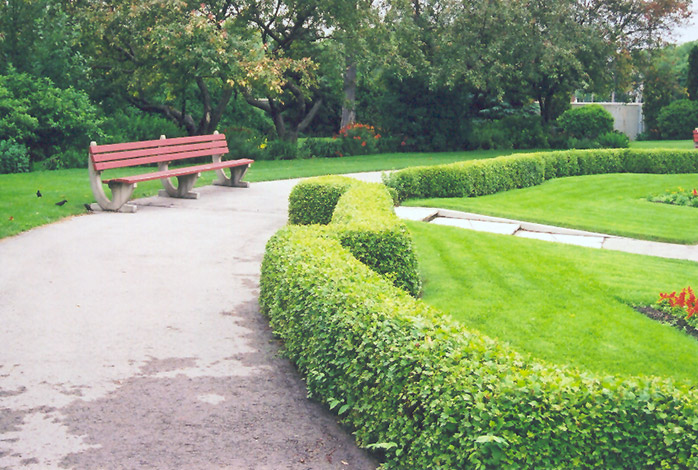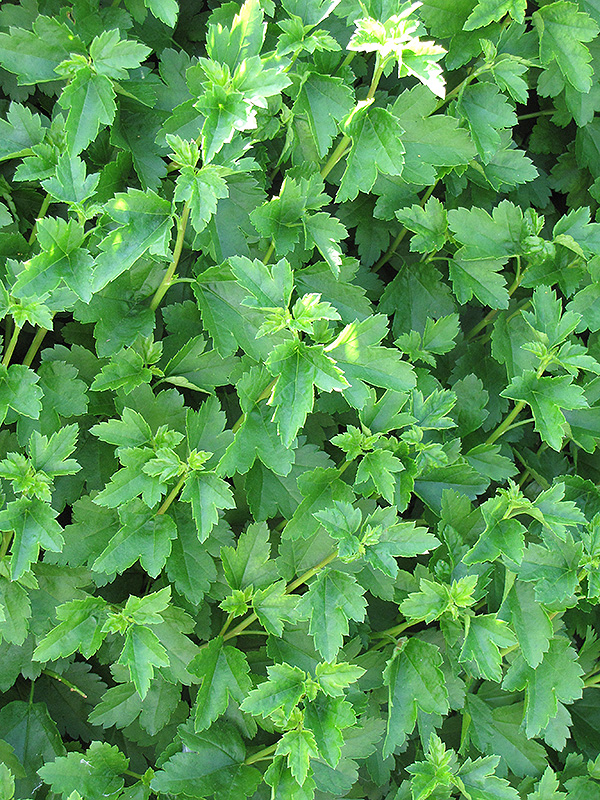Digging deeperPlant Library
Height: 5 feet
Spread: 6 feet
Sunlight:
![]()
![]()
Hardiness Zone: 3
Description:
An excellent low to medium-sized hedge or screening plant, densely branched with leaves to the ground, takes pruning extremely well, tough and adaptable; small yellow flowers in spring, good fall color; can be susceptible to mildew
Ornamental Features
Alpine Currant has rich green deciduous foliage on a plant with a round habit of growth. The lobed leaves turn yellow in fall. It produces red berries from mid to late summer.
Landscape Attributes
Alpine Currant is a dense multi-stemmed deciduous shrub with a more or less rounded form. Its relatively fine texture sets it apart from other landscape plants with less refined foliage.
This shrub will require occasional maintenance and upkeep, and can be pruned at anytime. It is a good choice for attracting birds and bees to your yard. It has no significant negative characteristics.
Alpine Currant is recommended for the following landscape applications;
- Mass Planting
- Hedges/Screening
- General Garden Use
- Orchard/Edible Landscaping
Planting & Growing
Alpine Currant will grow to be about 5 feet tall at maturity, with a spread of 6 feet. It tends to fill out right to the ground and therefore doesn't necessarily require facer plants in front, and is suitable for planting under power lines. It grows at a medium rate, and under ideal conditions can be expected to live for approximately 30 years.
This shrub does best in full sun to partial shade. It is very adaptable to both dry and moist locations, and should do just fine under average home landscape conditions. It is not particular as to soil type or pH. It is highly tolerant of urban pollution and will even thrive in inner city environments. Consider applying a thick mulch around the root zone in winter to protect it in exposed locations or colder microclimates. This species is not originally from North America.
A NetPS Plant Finder tool
This Plant Library is for informational purposes only. We may or may not carry the items listed. During many times of the year, we may carry many more plants in our store than are listed in the Plant Library. Please contact us directly at 303-690-4722 or visit our store for current availability and for assistance.


